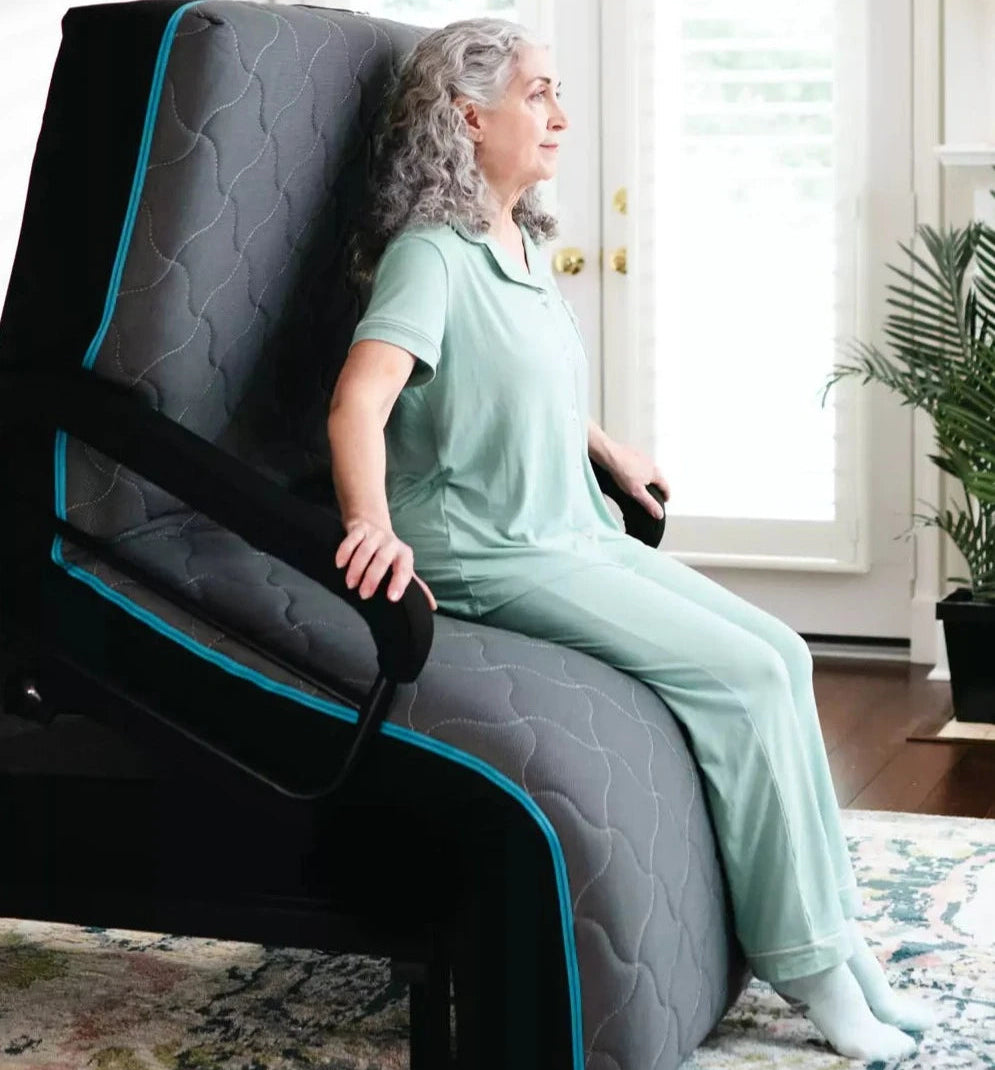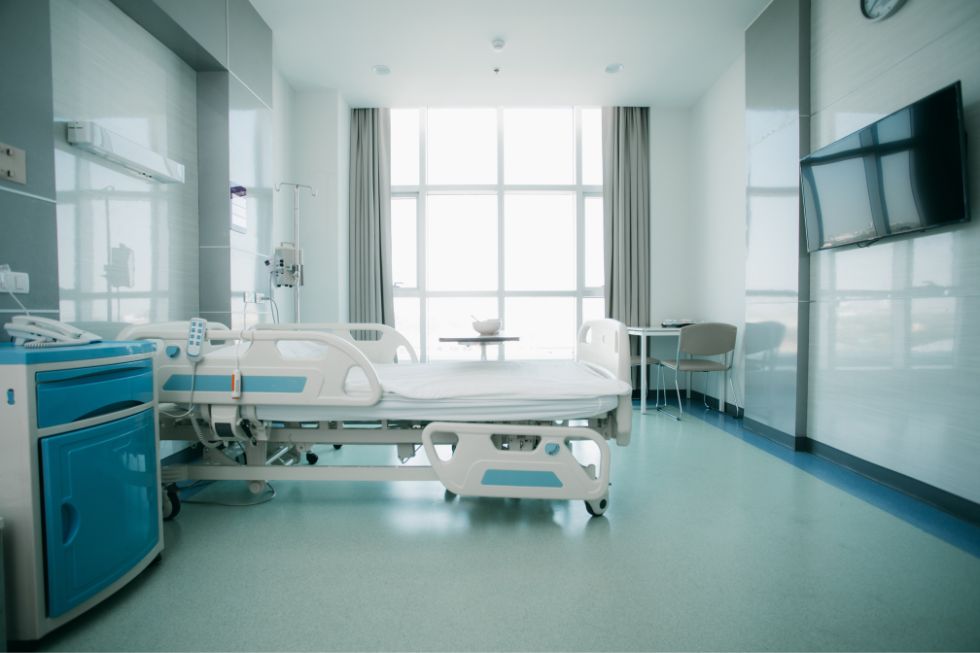The Basic Principles Of Hospital Beds For Home Use
The Basic Principles Of Hospital Beds For Home Use
Blog Article
More About Hospital Beds For Home Use
Table of ContentsHospital Beds For Home Use Fundamentals ExplainedNot known Facts About Hospital Beds For Home Use5 Easy Facts About Hospital Beds For Home Use ShownSome Of Hospital Beds For Home UseThe Definitive Guide to Hospital Beds For Home UseRumored Buzz on Hospital Beds For Home UseExcitement About Hospital Beds For Home Use
There are three major types of health center beds: guidebook, semi-electric, and fully-electric. Nonetheless, more kinds of medical beds exist and they are detailed below. These beds make use of hand cranks to change the bed's height and increase and decrease the head and the foot. Hand cranks are usually found at the foot of the bed and call for an individual that is literally efficient in operating.
Semi-electric beds have an electric motor to raise and reduce the head and foot sections of the bed. Patients and caregivers adjust the positioning by pressing switches using a hand necklace. The elevation of the bed is changed manually with a hand crank. Full-electric beds have an electrical motor that can elevate the head and foot areas of the bed in addition to the entire height and positioning of the bed.
The Facts About Hospital Beds For Home Use Uncovered
There are several types of hospital beds, each designed to satisfy details patient needs. Below are some common types: This is the most usual kind of medical facility bed, made for basic medical usage.
Lower to the ground than a conventional bed. This kind of bed is designed for larger clients, with a bigger frame and higher weight capacity than a conventional bed.
This sort of bed is created for critically unwell people that require open surveillance and specialized clinical devices such as ventilators and mixture pumps. This kind of bed is created for usage throughout labor and distribution, with adjustable settings and functions to support the mother and baby during the birth process.
Fascination About Hospital Beds For Home Use
Numerous feature and the accessories carry out expanding traction to various parts of the vertebra and the extremities without relocating the human body. These are just a couple of instances of the kinds of healthcare facility beds offered. The certain type of bed made use of will rely on the individual's condition, medical needs, and various other aspects.
Right here is the thing you need to understand. A one-function medical facility bed is a clinical bed that enables a patient to move just the head or foot section up or down. A 2 function healthcare facility bed commonly refers to a kind of medical bed that has two adjustable features to assist individuals in medical facilities or treatment facilities.

10 Simple Techniques For Hospital Beds For Home Use
A 7-function ICU bed is a type of medical bed that offers numerous flexible features to sustain seriously unwell people in a critical care unit (ICU) (hospital beds for home use). The seven functions commonly consist of: Back-rest modification: The back-rest can be readjusted to various angles to help the patient sit up or rest pleasantly
Height change: The bed can be raised or reduced to make it much easier for patients to get in and out of bed, and for caregivers to provide care. Trendelenburg position: The entire bed can be tilted to promote blood circulation and circulation in the body. Reverse Trendelenburg setting: The bed can additionally be slanted in the contrary instructions to promote blood circulation and blood circulation in the upper body.
While more affordable than electric designs, these beds require physical initiative for changes. The primary advantages of hand-operated beds are their affordability and integrity, as they do not depend on electrical power. However, the demand for manual effort can be a restriction in scenarios where fast modifications are necessary or where caretakers face physical difficulties.
The smart Trick of Hospital Beds For Home Use That Nobody is Discussing
Semi-electric hospital beds offer an equilibrium of manual and electric controls. These beds provide an ideal center ground in between website link guidebook and completely electrical alternatives, using simplicity of use without the full expense of electric versions.
Semi-electric beds are fit for patients that require moderate adjustments to the head and foot areas yet can take care of without regular height adjustments. This makes them an affordable solution for those looking for comfort and comfort without the need for continuous repositioning. Totally electrical medical facility beds include electrical controls for smooth changes to the elevation, head, YOURURL.com and foot areas.
Specialized health center beds, such as ICU beds, long-term care beds, and bariatric beds, are carefully designed to resolve particular clinical needs. These beds provide tailored look after varied person teams, improving both end results and convenience. In the complying with areas, we will certainly explore the major kinds of specialized health center beds, outlining their details benefits and applications.
With years of experience in manufacturing electrical linear actuators - hospital beds for home use and close collaboration with the medical view publisher site care market, TiMOTION is well-positioned to give trusted health care options. Our up and down integrated business manages every step of the production procedure, from style to actuator assembly, guaranteeing we deliver phenomenal value and personalized options tailored to your particular demands
The Hospital Beds For Home Use Ideas

To find out more concerning incorporating these innovations into your items, call us today. More reading:.
Data is sourced from the Medicare Price Record.

The 5-Second Trick For Hospital Beds For Home Use
A medical facility bed is a bed made especially for clinical purposes. It is not just a place for people to relax, but additionally a system for clinical operations. Unlike regular home beds, hospital beds usually have flexible features, which can help with medical personnel to make various adjustments according to the demands of patients, such as altering the height, disposition, and assistance angle of the back and legs of the bed.
Report this page